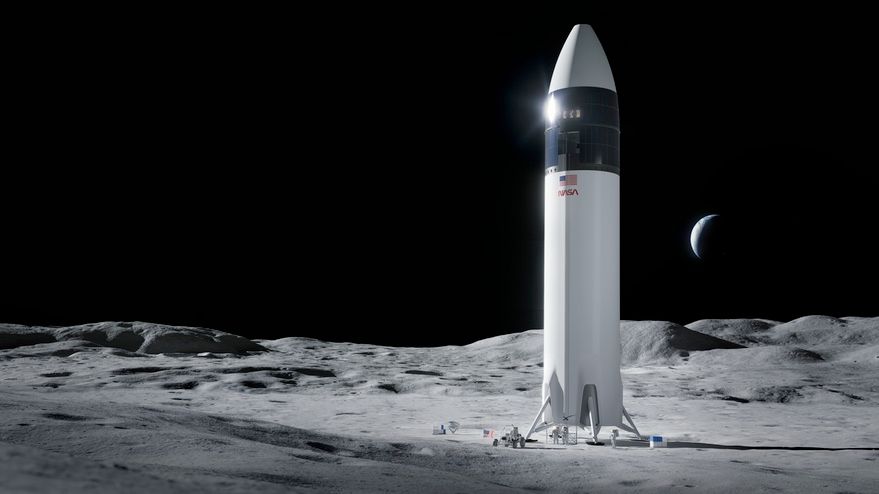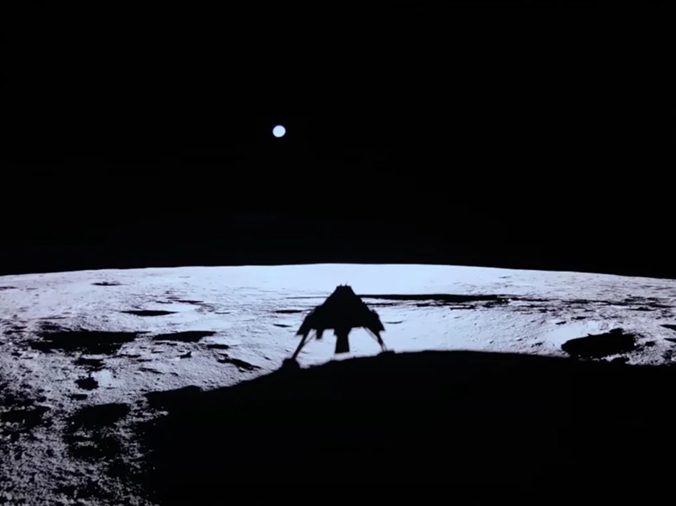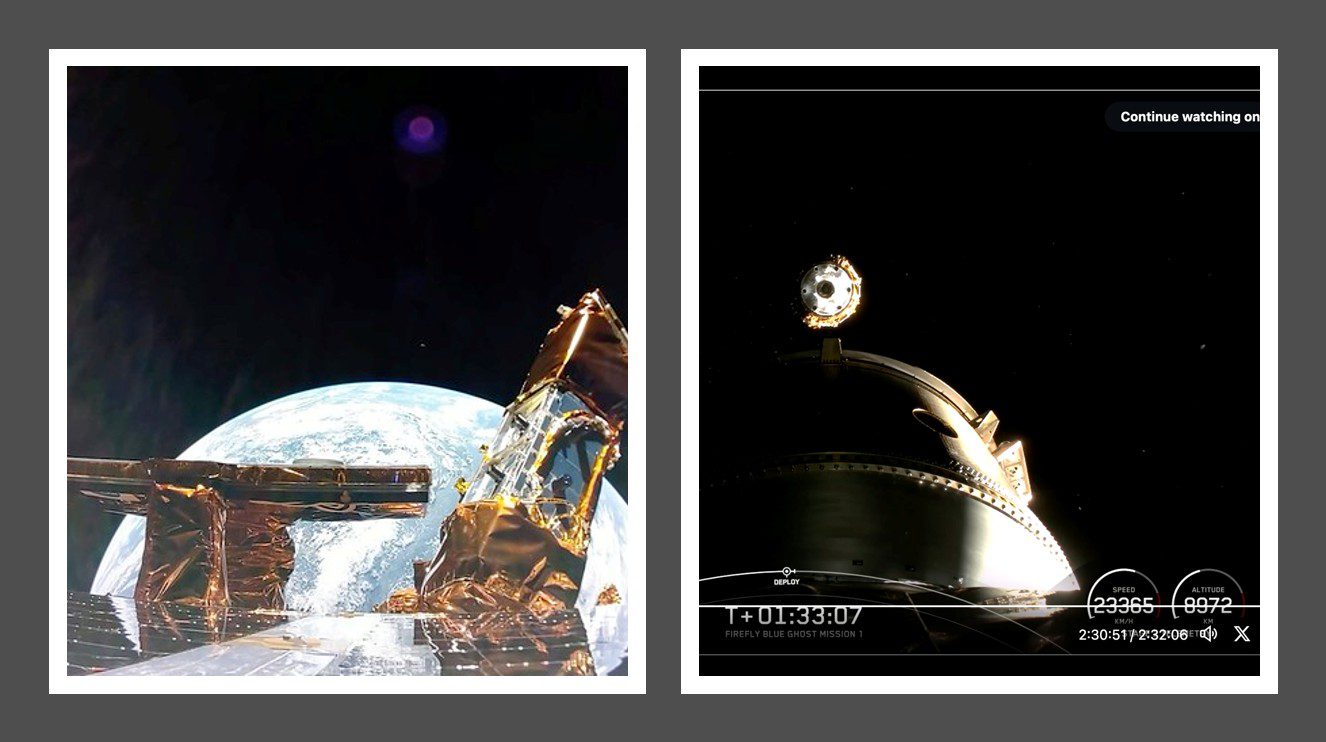While NASA’s first manned spaceflight director, Chris Kraft, continues to be critical of the whole concept of building the new SLS heavy lift rocket system in favour of using current smaller launch vehicles, others remain concerned that NASA’s heavy lift rocket might actually still be too small itself. As Nasaspaceflight.com notes from NASA’s Concept Of Operations (CONOPS) document, using a four astronaut lunar lander similar to the origial Project Constellation Altair design would necessitate two Block 1A/B SLS launches for each mission and some complicated lunar orbit rendevous operations as well. This would be practically impossible to achieve given that six months are currently envisaged between SLS flights. It is no wonder that NASA’s Administrator, Charles Bolden, is so keen on exploring lassoed asteroids instead of going back to the Moon.
Of course, all this assumes that human lunar exploration flights would use such a large lunar lander (smaller, less capable, Apollo-class landers have also been mooted). It also assumes that the 150 metric ton class Block 2 version of SLS using two LOx/Kerosene liquid fuelled boosters would not be ready. Nevertheless, we at Flightglobal’s Hyperbola blog suspect that even this Block 2 version of the SLS might not be large enough. As it is, past studies of follow-on manned Mars mission architectures have usually concluded that a much bigger booster carrying 200 metric tons to LEO (Low Earth Orbit) would be needed. Such a super-heavy-lift launch vehicle could be achieved using SLS in a four-booster configuration but would give SLS launch infrastructure designers a headache.
Problems would include having to design a structurally stable launch pad/table with so many large exhaust holes in it, and how to allow such a massive launch vehicle could get close enought to the umbilicals of the launch pad tower and yet still be able to launch without hitting it. Who says exciting space exploration is easy?





